Tubular products are termed ‘tube’ or ‘pipe’. Tube is customarily specified by its outside diameter and wall thickness, expressed either BWG (Birmingham wire guage) or in inches or in thousands. Pipe is customarily identified by ‘nominal pipe size’ with wall thickness defined by ‘schedule number’.
Piping materials
Carbon steel pipe is strong ,ductile, weldable, machineable, reasonably durable and is nearly always cheaper than pipe made from other materials. If carbon steel pipe can meet the requirements of pressure, temperature, corrosion resistance and hygiene, it is the natural choice.
Methods for joining pipe
- Butt welded
- Socket welded
- Screwed
- Bolted flange
- Bolted quick coupling
Piping components
Elbows, Tees, Flanges, Gaskets, Nipples, Unions, Valves, Reducers, Steam traps, Bellows
Types of elbows
Long radius elbows:- normally used elbows are long radius with centerline radius of curvature equal to 1½ times the nominal pipe size for ¾ inch and large sizes.
Short radius elbows:- SR elbows with centerline radius of curvature equal to the nominal pipe size Reducing
Elbows :- this elbows have centerline radius of curvature 1½ times the nominal size of the pipe to be attached to the larger end.
Bends :- Are made from straight pipe. Common bending radii are 3 and 5 times the pipe size. 3R bends are available from stock. Larger radius can be custom made.
Returns :- It changes direction of flow through 180 degrees, and is used to construct heating coils, vents and tanks etc.
Piping Design
Piping arrangements:-
- Use standard available items wherever possible.
- Do not use miters unless directed to do so.
- Do not run piping under foundation.
- Do not run steam lines under oil lines, fire hazards may occur.
- Piping may have to go through concrete floors or walls. Establish these points of penetration as early as possible and inform the group connected (civil) to avoid cutting existing reinforcing bars.
- Include removable flanged spools to aid maintenance, especially at pumps, turbines, and other equipment that will have to be removed for overhaul.
- Steam lines, which are below grade in trenches provided with covers or (for short runs) sleeves.
- Take gas and vapor branch lines from tops of headers when it is necessary to reduce the chance of drawing off condensate or sediment, which may damage rotating equipment.
- Maintain vent lines at higher and drain lines at lower elevations.
Clearing and Access:-
Route piping to obtain adequate clearness for maintaining and removing equipment.
Locate within reach or make accessible, all equipment subjected to periodic operation or inspection, with special reference to check valves, pressure relief valves, traps, strainers and instruments.
Take care to not obstruct access ways i.e. doorways, truck-ways, walkways, lifting wells etc.
Elevations of lines are usually changed when changing horizontal directions where lines are grouped together or are in a congested area, so as not block spaces where future lines may have to be routed.
Keep field welds and other joints at least 3 inches from supporting steel, building siding or other obstruction. Allow room for the joint to be made
Allow room for loops and other pipe arrangements to cope with expansion by early consultation with staff concerned with pipe stressing. Notify the structural group of any additional steel required to support such loops.
Stresses On Piping
Thermal Stresses:- change in temperature of piping due either to changes in temperature of the environment or of the conveyed fluid, cause changes in temperature in length of the piping. This expansion or contraction in turn causes strain in piping, supports and attached equipment.
Settlement Strains:- foundation of large tanks and heavy equipment may settle or tilt slightly in the course of time. Connected piping and equipment not on a common foundation will be stressed by the displacement.
Flexibility in piping
To reduce strains in piping caused by substantial thermal movement, flexible and expansion joints may be used. However, the use of these joints may be minimised by arranging piping in a flexible manner. Pipe can flex in a direction perpendicular to its length: thus, the longer an offset, or the deeper a loop, the more flexibility is gained.
Pipe Racks
A ‘pipeway’ is the space allocated for routing several parallel adjacent lines. A ‘piperack’ is a structure in the pipeway for carrying pipes and is usually fabricated from steel, or concrete and steel. Piperacks for only two or three pipes are made from T-shaped member, termed ‘Tee-head supports’.
Piperacks are expensive, but are necessary for arranging the main process and service lines around the plant site. They are made use of in secondary ways, principally to provide location for ancillary equipment.
Pumps, utility stations, manifolds, fire-fighting and first-aid stations can be located under the piperack. Lighting and other fixtures can be fitted to stanchions. Air-cooled heat exchanger can be supported above the piperack.
The smallest size of pipe run on a piperack without additional support is usually 2inch. It may be more economic to change proposed small lines to 2inch pipe, or to suspend them from 4inch or larger lines, instead of providing additional support.
Valves in piping design
Valves are used for these purposes:-
- Process control during operation.
- Controlling services and utilities –steam, water, air, gas and oil.
- Isolating equipment or instruments, for maintenance.
- Discharging gas, vapor or liquid.
- Draining piping and equipment on shutdown.
- Emergency shutdown in the event of plant mishap or fire.
Which size valve to use:-
Nearly all valves will be line size- one exception is control valves, which are usually one or two sizes smaller than line size, never larger.
At control stations and pumps it has been almost traditional to use line-size isolating valves. However, some companies are now using isolating valves at control stations the same size as the control valve, and at pumps are using ‘pump size’ isolating valves at suction and discharge. The choice is usually an economic one made by a project engineer.
Where to place valves
- Preferably, place valves in lines from headers (on piperacks) in horizontal rather than vertical runs, so that lines can drain when the valves are closed.(in cold climates, water held in lines freeze and rupture the piping such lines should be traced.
- To avoid spooling unnecessary lengths of pipe, mount valves directly onto flanged equipment, if the flange is correctly pressured.
- A relief valve that discharges into a header should be placed higher than the header in order to drain into it.
- Locate heavy valves near suitable support points. Flanges should be not closer than 12 inches to the nearest support, so that installation is not hampered.
- For appearance, if practicable, keep centerlines of valves at the same height above floor, and in-line on plan view.
Operating access to valves
- Consider frequency of operation when locating manually-operated valves.
- Locate frequency-operated valves so they are accessible to an operator from grade or platform. Above this height and up to 20feet, use chain operation or extension stem. Over 20feet, consider a platform or remote operation.
Valves Operating Heights
- Infrequently used valves can be reached by a ladder –but consider alternatives.
- Do not locate valves on piperacks, unless unavoidable.
- Group valves which would be out of reach so that all can be operated by providing a plotform, if automatic operators are used.
- If a chain is used on a horizontally mounted valve, take the bottom of the loop to within 3feet of floor level for safety, and provide a hook near by to hold the chain out of the way.
- Do not use chain operators on screwed valves, or on any valve 1½ inches and smaller
- With lines handling dangerous materials it is better to place valves at a suitably low level above grade, floor, platform, etc., so that the operator does not have to reach above head height.
Access to valve in hazardous valves
- Locate main isolating valves where they can be reached in an emergency such as an an outbreak of fire or a plant mishap. Make sure that personnel will be able to reach valves easily by walkway or automobile.
- Locate manually-operated valves at the plant perimeter, or outside hazardous area.
- Ensure that automatic operators and their control lines will be protected from the effect of fire.
- Make use of brick or concrete walls as possible fire shields for valve stations.
- Inside a plant, place isolating valves in accessible positions to shut feed lines for equipment and processes having a fire risk.
- Consider the use of automatic valves in fire systems to release water, foam and other fire-fighting agents, responding to heat-fusible links, smoke detectors, etc., triggered by fire or undue rise in temperature –advice may be obtained from the insurer and the local fire department.
If there is no P&ID
- Provide valves at headers, pumps, equipment, etc., to ensure that the system will be pressure-tight for hydrostatic testing, and to allow equipment to be removed for maintenance without shutting down the system.
- Provide isolating valves at all small lines branching from header.
- Provide isolating valves at all instrument pressure points for removal of instruments under operating conditions.
- Provide valved drains on all tanks, vessels, etc., and other equipment which may contain or collect liquids.
- Protect sensitive equipment by using a fast-closing check valve to stop back flow before it can gather momentum.
- Consider butt-welding or ring-joint flanged valves for lines containing hazardous or searching fluids. Hydrogen is especially liable to leak.
- Provide sufficient valves to control flows.
- Consider providing a concrete pit (usually about 4ft x 4ft) for a valve which is to be located below grade.
- Consider use of temporary closures for positive shut-off.
- Provide a bypass if necessary for equipment which may be taken out of service.
- Provide a bypass around control stations if continuous flow is require. The bypass should be at least as large as the control valve, and is usually globe type, unless 6-inch or larger, when a gate valve is normally used.
- Provide an upstream isolating valve with a small-valved bypass to equipment, which may be subject to fracture if heat is too rapidly applied on opening the isolating valve. Typical use is in steam system to lessen the risk of fracture of such things as castings, vitreous vessels, etc.
- Consider providing large gate valves with a valved bypass to equalize pressure on either side of the disc to reduce effort needed to open the valve.
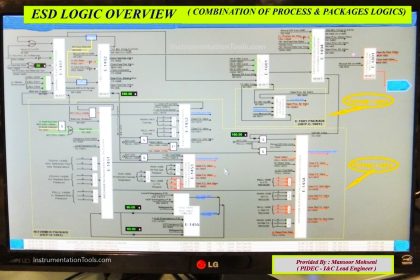

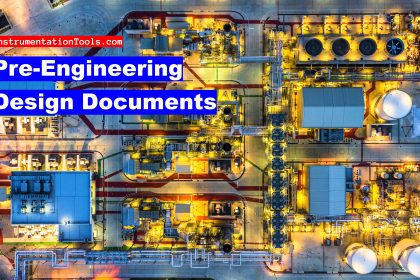


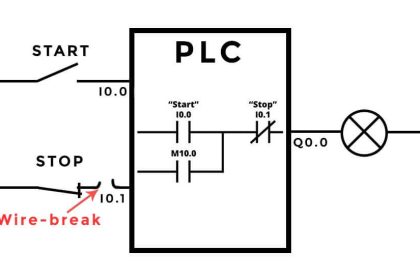
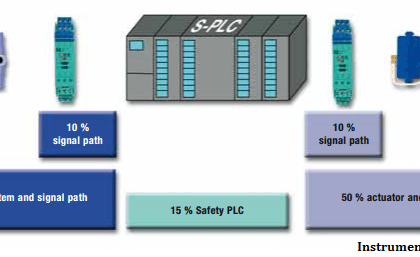
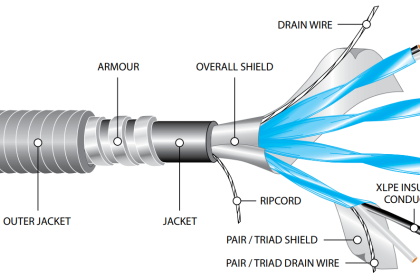

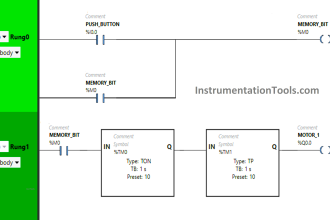
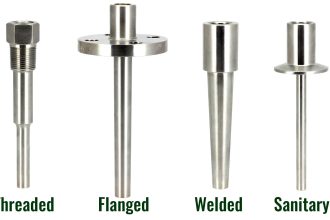
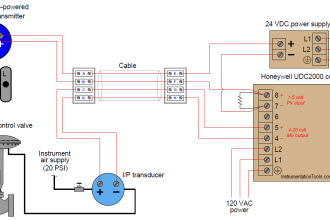





Thanks mr. Reddy for building such a nice, simple and informative website.
Thank you for your sharing.